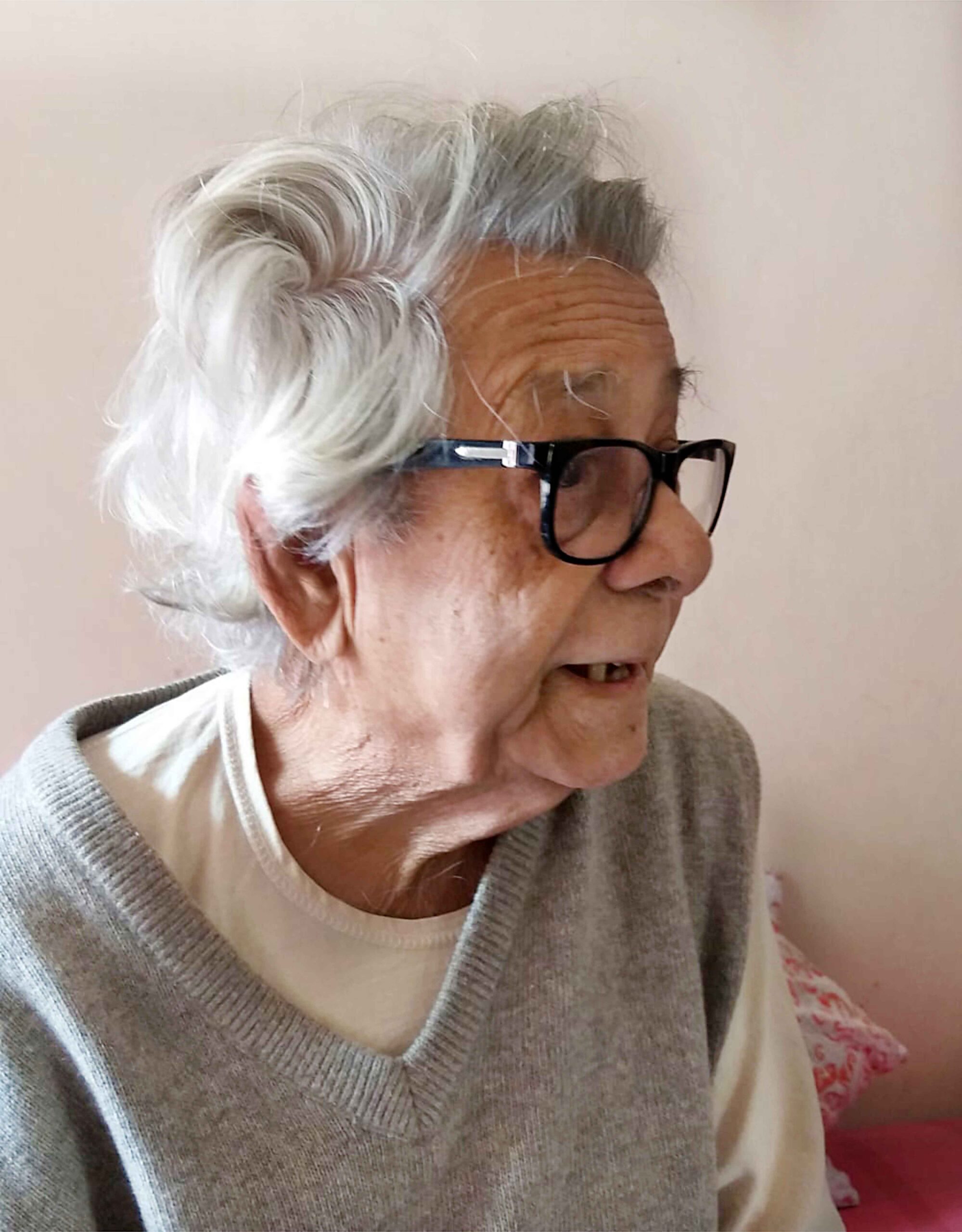A studio of their own… IndIan Women Painters and their Spaces
Jyoti A Kathpalia
As one visits the museums looking with wonder at the masterpieces or searching the web for great painters, the question that comes to the fore is the absence, the lack of female representation. In other words, why were there such few women painters?
Virginia Woolf in ‘A Room of Her Own’ (1929)talks about the urgent need of economic independence of women, for how does it matter, she said as early back as in the year 1929 that women have got the right to vote till they are economically dependent. Along with money what is required is, ‘A Room of their Own’ in Virginia Woolf’s words something that women through the centuries have been denied.
The path of creativity for women through the ages has been full of thorns. Living in patriarchal structures though they are mistresses of their own homes they have lacked in even the smallest space that they can call their own. There’s is a struggle where home itself is a workspace that impedes their own aspirations, should they be different from the conventionally expected roles as caregivers, managers, caretakers of the home and the hearth – leaving them with no time or space for their own creative and intellectual pursuits. Keeping these circumstances in mind Woolf proposed that perhaps the short story could be a good genre for the women to express themselves. They could steal away small windows of time from their household chores and consequently give expression to their creative energies. But this is not so for women painters. They cannot choose a genre/style that would be more ‘woman friendly.’ It is noteworthy that though the Europe and the west hailed many women writers in the 18C and particularly 19 C, the world of art had very few women artists to boast of. The investigations of women painters before 18C threw up isolated names. 
Apart from the above women who aspired to roles beyond their gender and subordination to the patriarchal culture went unappreciated and unacknowledged in the masculinist culture. Woolf takes the example of Judith, a fictional sister of Shakespeare who, if she had existed and tried to strike out on her own, would have met with a tragic end. What did Judith need? To become a playwright, she needed to be taken seriously by an industry that was male dominated. She ended up having an affair with Nick Greene the actor manager. Pregnant, she ended her life. (Woolf, V, 1929)
Such a scenario would be even more dark in the case of a woman who wanted to paint. For then the efforts would involve not only the patronage, market and acceptance in the male dominated world of artists and patrons and the public, the jury, the salon but also the tremendous effort at getting the art materials and paraphernalia to paint as well as a room, a studio of her own. Hers’ would be a battle on both the personal and the public domain.
Read More>> Please Subscribe our Physical Magazine
